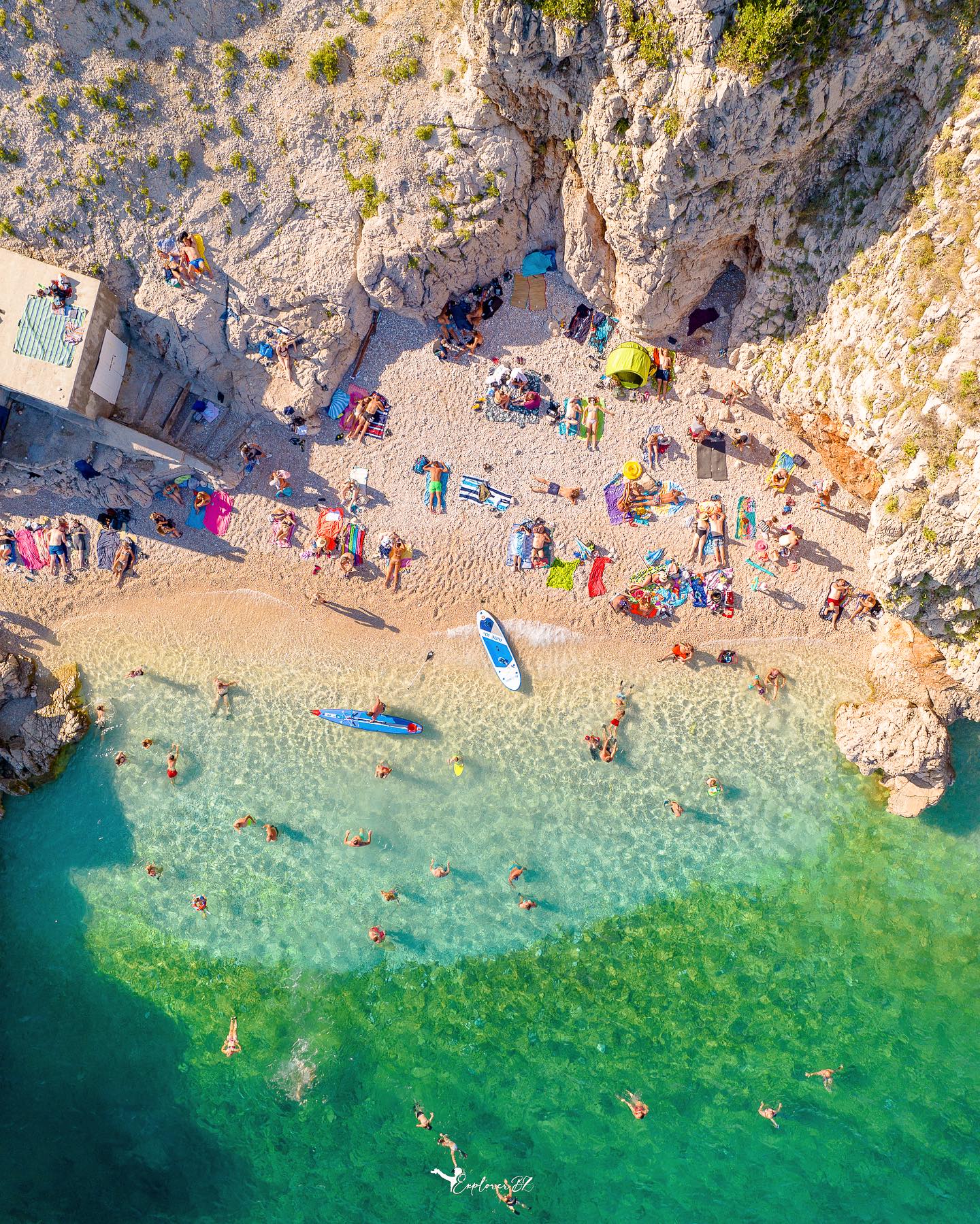Named one of Europe's top 10 rail journeys by The Guardian, the Adria InterCity connecting Budapest with Split on the Croatian coast is running again.Continue reading
The number of tourists visiting Croatia this year is up by ten percent, and the number of Hungarian visitors is also outstanding. Mira Horváth of the Croatian National Tourist Board spoke about the reasons for the popularity of the coastal country on Trend FM’s Turizmus.com.
According to the latest statistics, 10.5 million tourists visited Croatia this year, from the beginning of January to the end of July, spending 50.3 million nights in accommodation, an increase of 10 percent in the number of guests, and five percent in the number of nights compared to the previous year. In July, 3.7 million tourists and 23 million nights were recorded, and experts are confident of good continuation and a particularly strong season.
The development of Hungarian tourism has been positive for Croatia as well, with
a 15% increase in the number of Hungarian tourists and a 16% increase in the number of nights spent in the country compared to 2019,
which was a record year for tourism.

Kamenjak, Premantura, on the southernmost tip of the Istrian Peninsula. Photo: Facebook/Safari Bar, Rt Kamenjak, Premantura
In addition to the number of guests, the program also discussed prices. “The reality is not nearly as dramatic as some media portray it,” Mira Horváth stressed.
Prices for some products and services have indeed increased, while others have remained at last year’s level.
The beauty of the beach and the quality of services have to be paid for, taking into account inflation and the impact of the changeover to the euro on price fluctuations, she pointed out. For information and comparability, prices are currently displayed in both Kuna (previous Croatian currency) and euros, but payment is of course only in euros.
Traveling is easier than in previous years, as
border controls were abolished on January 1,
following Croatia’s accession to the Schengen area, and the time taken to travel to popular destinations has been noticeably reduced. Another positive aspect is that
road tolls have not changed and fuel prices have stayed roughly the same as last year,”
they explained in the program.
The new Explore Croatia mobile app, launched at the end of June, was also discussed, not only serving as a tool for planning travel itineraries, but also for providing useful information on hundreds of destinations, natural treasures, and cultural attractions. However, based on reviews, it is still very much under construction.
Looking at the list of destinations favored by Hungarians, it is clear that the geographically closest regions, Istria and Kvarner, are still the most popular. Most Hungarians visit the areas around Crikvenica, Rovinj, Vir, Porec, and Opatia, but each year more Hungarians are also venturing further south to the Split-Dalmatia county. People are slowly discovering that the further south they go, the more authentic their experience can be.

Brseč,Croatia. Photo: Facebook/_explorer_bz
Looking at the types of accommodation, we can witness a continuing trend year after year. Fifty percent of Hungarians stay in private accommodation, 25 percent in hotels, and 15 percent on campsites.
Featured image: Facebook/Croatia Travel Info